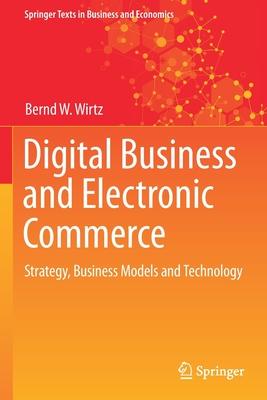Question
1) In investment theory, the rate of return that could be earned in an inflation-free, perfect world where all outcomes are known and certain is
1) In investment theory, the rate of return that could be earned in an inflation-free, perfect world where all outcomes are known and certain is known as the
A.absolute return.
B.required rate of return.
C.real rate of return.
D.expected rate of return.
2) The past performance of an investment provides a basis for future expected returns but does not guarantee future results.
true or false 3) The coefficient of variation is computed by dividing the standard deviation of an asset by the asset's average rate of return.
true or false
4) The risk of an asset can be measured statistically on an absolute basis by the coefficient of variation and on a relative basis by the standard deviation.
true or false 5) The holding period return considers the time value of money.
true or false 6) Risk is the possibility that the actual rate of return will vary from the expected rate of return.
true or false 7) The stated rate of interest is equal to the true rate of interest only when
| A. | the simple interest method is used. | |
| B. | interest is compounded continuously. | |
| C. | interest is computed semi-annually. | |
| D. | interest is computed monthly. |
8) The internal rate of return is the discount rate that equates the present value of benefits to the cost of the investment.
true or false
9) The coefficient of variation is used to compare assets with varying rates of return.
true or false
Step by Step Solution
There are 3 Steps involved in it
Step: 1

Get Instant Access to Expert-Tailored Solutions
See step-by-step solutions with expert insights and AI powered tools for academic success
Step: 2

Step: 3

Ace Your Homework with AI
Get the answers you need in no time with our AI-driven, step-by-step assistance
Get Started


